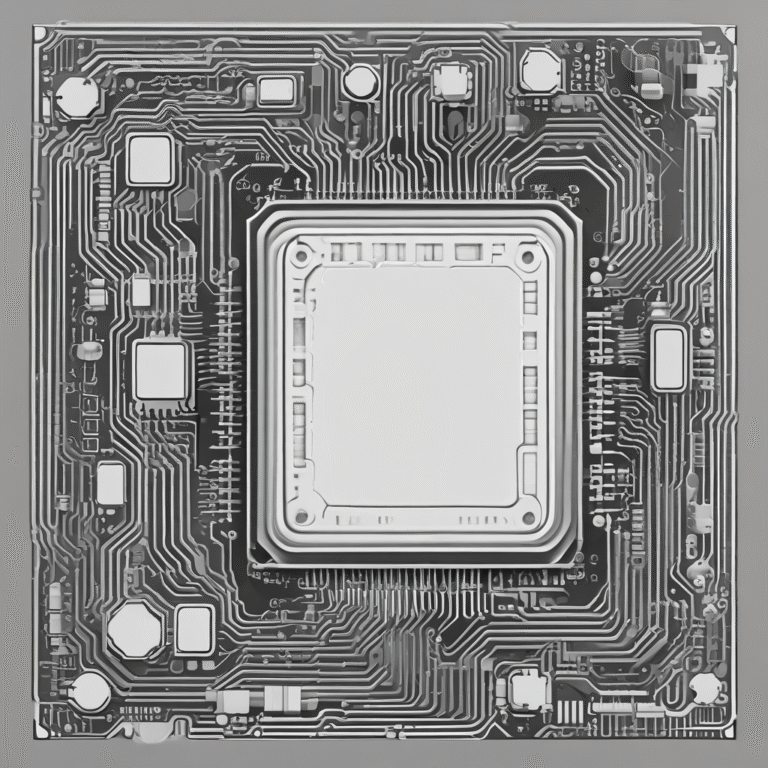Introduction to the EU AI Act
The European Union Artificial Intelligence Act, commonly referred to as the EU AI Act, is a groundbreaking regulation designed to govern artificial intelligence across member states. Its purpose is to ensure the safe and ethical deployment of AI technologies, addressing concerns about manipulation, bias, and privacy. As the Act officially becomes law, it has sparked a debate among various stakeholders, with some voices advocating to ban artificial intelligence altogether. This discussion is particularly relevant following the Act’s provisions on prohibited AI practices and compliance requirements.
Historical Context
The journey to the EU AI Act has been long and complex, involving numerous discussions and revisions. It was born out of the need to create a unified regulatory framework that balances technological innovation with the protection of fundamental rights. The Act’s development involved input from key stakeholders, including technology companies, academic institutions, and policymakers, each with vested interests in the legislation’s outcomes.
Prohibited AI Practices
The Act highlights several AI practices deemed harmful to individuals and society, leading to calls to ban artificial intelligence in certain contexts. These practices include:
Subliminal Manipulation
Subliminal techniques aim to influence individuals without their conscious awareness. The EU AI Act prohibits AI systems from using such manipulative tactics, as they undermine personal autonomy and decision-making. The ban reflects growing concerns about AI’s potential to influence behaviors subtly, sparking discussions about the ethical boundaries of AI technology.
Exploitative Techniques
AI systems are also restricted from exploiting human vulnerabilities, such as age or disability, for manipulative purposes. This provision aims to protect individuals from AI-driven exploitation and has fueled conversations about whether it’s time to ban artificial intelligence that carries such risks.
Social Scoring Systems
Inspired by concerns over AI’s role in social control, the Act prohibits systems that assess social behavior to provide scores influencing access to services. This ban on social scoring systems reflects a desire to prevent AI from becoming a tool for discrimination and control.
Biometric Data Analysis
The use of AI to categorize individuals based on biometric data is carefully regulated, with stringent restrictions to safeguard privacy and prevent misuse. These measures are part of the broader debate on whether it is necessary to ban artificial intelligence that oversteps ethical boundaries.
Regulatory Framework and Compliance
The EU AI Act employs a risk-based approach to regulation, classifying AI systems into high-risk, limited-risk, and minimal-risk categories. This framework ensures that the level of regulation is proportionate to the potential risks posed by different AI systems.
Obligations for Providers and Deployers
- Technical Documentation: Detailed documentation requirements to ensure transparency.
- Human Oversight: Mandatory human oversight mechanisms to monitor AI decision-making processes.
- Data Quality Standards: Ensuring data used in AI systems is accurate and unbiased.
Enforcement Mechanisms
Non-compliance with the EU AI Act can result in substantial fines, reflecting the seriousness with which the EU takes AI governance. The enforcement of these regulations will be decentralized, with individual EU countries responsible for national compliance, coordinated by the European Artificial Intelligence Board.
Real-World Examples and Case Studies
The implementation of the Act provides numerous operational insights:
Manipulative AI in Advertising
AI’s potential to manipulate consumer behavior has been scrutinized, leading to calls to ban artificial intelligence in advertising that relies on deceptive practices. The Act’s provisions aim to curb such manipulations, promoting ethical advertising standards.
AI in Employment and Education
In employment and education, AI systems have been used to make critical decisions, sometimes with biased outcomes. The Act addresses these issues by prohibiting exploitative practices, ensuring fair treatment and equal opportunities.
Law Enforcement Exceptions
While the Act imposes strict limitations, it recognizes the necessity for certain exceptions, such as real-time biometric identification by law enforcement under stringent conditions. These exceptions highlight the balance between security needs and privacy concerns.
Actionable Insights and Best Practices
To navigate the complex AI landscape, organizations should adopt best practices to ensure compliance and ethical AI use:
Risk Management Systems
Implement systems to identify and mitigate AI risks, ensuring that all AI applications align with regulatory requirements.
Data Quality Assurance
Maintain rigorous data validation processes to ensure accuracy and eliminate biases in AI algorithms.
Human Oversight and Review
Incorporate human review processes to monitor AI outputs, preventing errors and ensuring accountability.
Tools and Platforms for Compliance
Several platforms offer solutions to manage AI compliance effectively:
AI Governance Platforms
These platforms provide frameworks for assessing AI risks and ensuring regulatory compliance, aiding organizations in their adherence to the Act.
AI Ethics Frameworks
Tools designed to evaluate the ethical implications of AI systems, facilitating responsible AI innovation.
Challenges & Solutions
Implementing the EU AI Act poses several challenges, requiring strategic solutions:
Challenge: Balancing Innovation with Regulation
Solution: Develop flexible compliance frameworks that allow for innovation while adhering to regulatory standards.
Challenge: Ensuring Data Quality
Solution: Establish robust data validation processes and continuous monitoring to maintain data integrity.
Challenge: Managing Human Oversight
Solution: Train personnel to effectively review AI outputs, ensuring that human judgment complements AI decision-making.
Latest Trends & Future Outlook
The future of AI regulation is shaped by emerging trends and global comparisons:
Emerging AI Technologies
The rise of generative AI and other advanced technologies necessitates ongoing updates to regulatory frameworks, sparking debates about whether to ban artificial intelligence in certain applications to prevent ethical breaches.
Global Regulatory Landscape
Comparisons with AI regulations in other regions, such as the United States and China, provide insights into global approaches to AI governance.
Future Developments in AI Ethics
As AI technologies evolve, so too will the ethical considerations and potential amendments to the EU AI Act, ensuring it remains relevant and effective.
Conclusion
The EU AI Act represents a significant step towards comprehensive AI regulation, addressing critical issues of safety, transparency, and ethical use. While some voices continue to advocate to ban artificial intelligence in certain contexts, the Act provides a balanced framework that encourages innovation while protecting individual rights. As the AI landscape continues to evolve, ongoing dialogue and adaptation will be essential to ensure that AI technologies benefit society as a whole.









